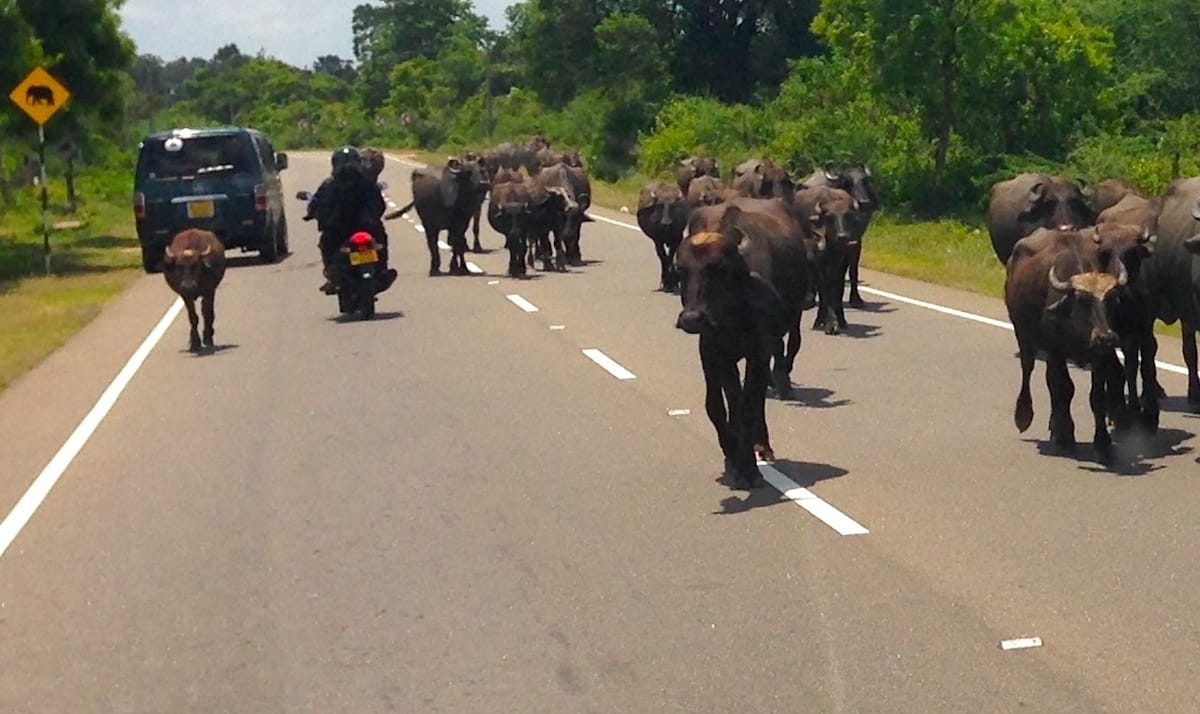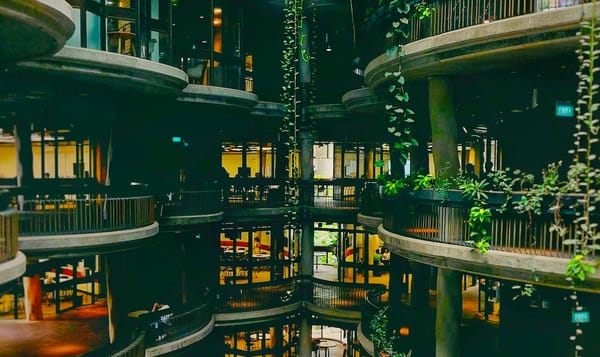we have no choice

One day I received an email from a colleague of mine. Someone from the community had reached out to her in search of food. He was living alone, disabled, unable to travel for food or stand in a line. A local church delivered groceries to the apartment where he lived. But the food was the most basic of the basic. Canned veggies, a bag of rice, no seasonings. He had been living on their charity for the past several months, but it was taking its toll on him. He asked if I knew where he could find a more complete diet. He wanted fresh produce, milk, meat, some bread.
I knew about some home delivery programs that started up during the pandemic. I referred him to two: both had created online forms that people could use to sign up for their services. The forms were about a dozen questions long, give or take. Clicking “submit” gave no details about what would happen next. Would someone call the number you provided? Email you within a few days? The forms themselves don’t know, they’re names on a list.
Through my contacts, I knew that one of the programs was slow to respond to new inquiries. They had maxed out their capacity a couple of months earlier and had not yet caught up. He completed the forms the same day and sent me an email thanking me for my help.
His email of thanks contained a simple emoji. 🙏🏽 Two hands, palms together, tiny pixelated cuffs colored blue. An american hieroglyph of thanks. The hands themselves, though tiny on my screen, had a tinge of brown to them.
In 2015, Apple released a software update that, for the first time, added emojis with human skin tones. The “default” yellow pictograms of people had always been yellow. The first designers considered yellow a non-human color, and thus “neutral.” Now, users could press and hold their finger on a face on their screen to see five more faces in human skin shades. These colors still don’t represent the complete range of skin tones that humans are born into. They are also still colors on pictures defined by a mostly-white group of leaders. The hairstyles are often straight, simple, a single version of humanity. And these five variations, made standard in late 2014, came to Android phones in 2016. These skin tones later spread to most major platforms, including the one I was using that day.
When I color my emoji to match my face, I use a skin tone defined by the Unicode Consortium. Their Unicode Technical Report #51 matches my skin (close enough) to Emoji Modifier Fitzpatrick Type-5. They also call this the medium-dark skin tone. The person I was emailing used Type-4 in his email, a medium brown skin tone. For a person I had never met, this emoji gave me an ominous feeling of kinship with him. The feeling told me that if I didn’t do something, he might be waiting a long time.
BIPOCs fall through cracks so often in our system. They are often the last to find out about programs that have limited spaces and a long waitlist. BIPOCs who are vision impaired may never find out about them. People who speak a language other than English may not read about these services until it’s too late. Someone may have translated the registration form, but the website it lives on is only in English. The email and posters advertising the program are in English, maybe a second language if we’re lucky. Grants and donations don’t always cover the accessibility. Sometimes the nonprofit doesn’t have the staffing, education, or time to do them. For so many people, finding a program like this, getting food from people who have it, can feel like a matter of chance.
He wrote me back about a week later, saying that he hadn’t heard anything yet. I emailed the program lead I knew but didn’t get a response. A day or two after he contacted me again, I decided to drive to him myself. I emailed another organization in the same area. The director let me stop by on a day the food pantry was closed. I picked up a box full of fresh produce, and a box of dairy.
I drove thirty minutes to pick up the food. When I keyed his address into my GPS I realized this person lived less than a five-minute drive away from the food he needed. For everything in his way, it may as well have not even existed. He may never know just how little his food had to travel to get to him. But even five minutes, for a trip I could take on my lunch break, was too far away.
The winding process that food travels to become a donation is too long. Sometimes it loops from grocery store to food pantry back into the hands that stocked it on the shelf. Sometimes it moves from farm to market to food pantry, back into the hands that pulled it from the earth. Sometimes police officers defend a dumpster full of food that a store threw away. Our response to this must not be, “poor people should have been able to eat that food!” People who can’t afford food absolutely deserve food. But they deserve the food that’s inside the store, while it’s still inside.
The reality is that food should not cost money. The reality is that we have no choice but to change a system that denies people their needs. We have no choice. We have no other choice. When will we take it?



